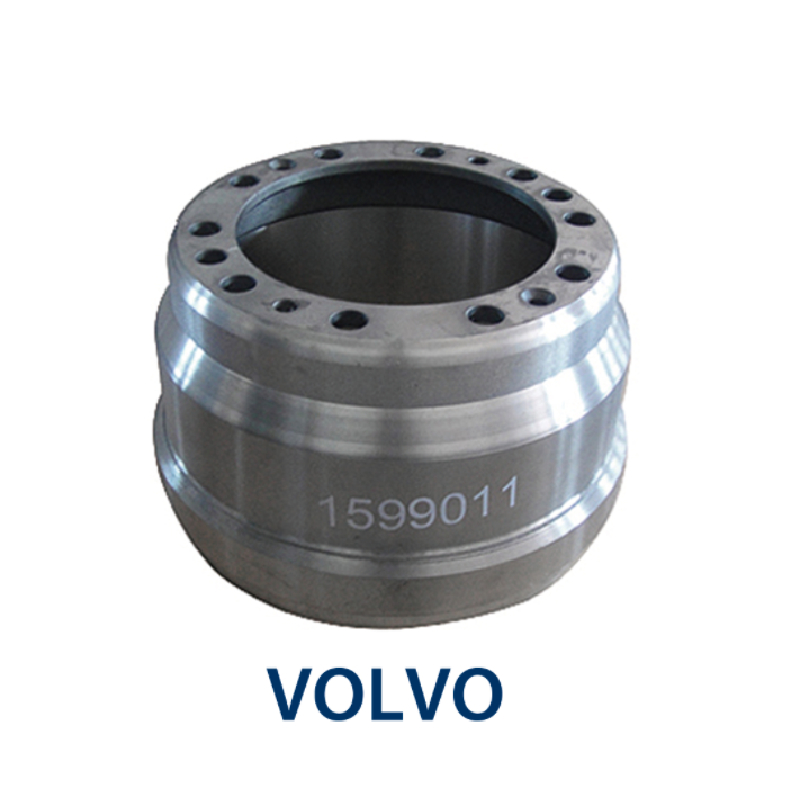Dec . 05, 2024 13:20 Back to list
Understanding Brake Drums and Shoes for Enhanced Vehicle Safety and Performance
Understanding Brake Drums and Shoes Essential Components of Vehicle Safety
When we talk about vehicle safety, the braking system often takes center stage. Among the critical components of this system are brake drums and shoes, which play a vital role in ensuring that a vehicle can stop effectively. Understanding how these components work together is essential for anyone interested in automotive safety and maintenance.
What are Brake Drums and Shoes?
Brake drums are circular metal components that house the brake shoes. Typically made from cast iron or aluminum, brake drums are attached to the wheels of a vehicle. When the driver presses the brake pedal, hydraulic pressure causes the brake shoes, which are lined with friction material, to expand against the inner surface of the brake drum. This friction generates the necessary force to slow down or stop the vehicle.
Brake shoes, on the other hand, are equipped with a friction lining that grips the brake drum when pressure is applied. They are typically a semi-circular shape and are mounted on a pivoting mechanism that allows them to expand outward. When the brake is engaged, the shoes press against the drum, creating the friction needed to inhibit motion.
Functionality of Brake Drums and Shoes
The operation of brake drums and shoes is straightforward yet fundamental to vehicle functionality
. When a driver applies the brakes, hydraulic fluid from the master cylinder flows into the brake assembly. This pressure pushes the brake shoes outward, causing them to press against the inside of the brake drum. As the friction builds up, the rotation of the wheel is hindered, effectively slowing the vehicle down.One of the key advantages of drum brakes is their ability to generate significant stopping power, making them suitable for larger vehicles or those that require a high braking force. Additionally, drum brakes tend to perform well in wet conditions, as the enclosed design helps to prevent water and debris from interfering with braking efficiency.
brake drums and shoes

Maintenance and Durability
Like all vehicle components, brake drums and shoes require regular maintenance to ensure optimal performance and safety. Over time, the friction material on brake shoes will wear down due to the constant contact with the drum. As this wear occurs, drivers may notice decreased braking efficiency, longer stopping distances, and potential noise during braking—indicators that it might be time for a replacement.
Routine inspections can help identify wear and extend the lifespan of both brake drums and shoes. It is advisable to check the condition of the brake drums for scoring, cracks, or excessive wear, as these issues can compromise braking efficiency. In many cases, if the brake shoes are worn, the drum may also need to be resurfaced or replaced to maintain a proper fit and function.
Innovations in Brake Technology
As automotive technology continues to evolve, advancements in braking systems are improving performance and safety. The introduction of disc brakes has become more common, often replacing traditional drum brakes in many modern vehicles. Disc brakes generally offer better heat dissipation and consistent performance, especially under stressful conditions.
However, drum brakes remain prevalent in certain applications, particularly in rear braking systems of many trucks and SUVs. The choice between drum and disc brakes often depends on factors such as vehicle design, intended use, and cost considerations.
Conclusion
Brake drums and shoes are essential components in the braking system of a vehicle, playing an indispensable role in ensuring safety and performance. Understanding their functionality and the importance of maintenance can help drivers stay safe on the road. Whether you're a car enthusiast or a casual driver, recognizing the significance of these components underscores the crucial relationship between vehicle maintenance and overall safety. By giving attention to brake systems and staying informed about their care, you can contribute to a safer driving experience for yourself and others on the road.
-
Scania Brake Drums: OEM Quality for Optimal Safety & Durability
NewsAug.16,2025
-
R.V.I: Advanced Remote Visual Inspection for Precision
NewsAug.15,2025
-
Discover HYUNDA: Innovative Vehicles, Equipment & Solutions
NewsAug.14,2025
-
R.V.I: Unlock Advanced Insights & Real-time Performance
NewsAug.13,2025
-
Kamaz Brake Drum: Durable & Reliable for Heavy Duty Trucks
NewsAug.12,2025
-
Heavy Duty Iveco Brake Drum - Premium Quality & Safety
NewsAug.11,2025
